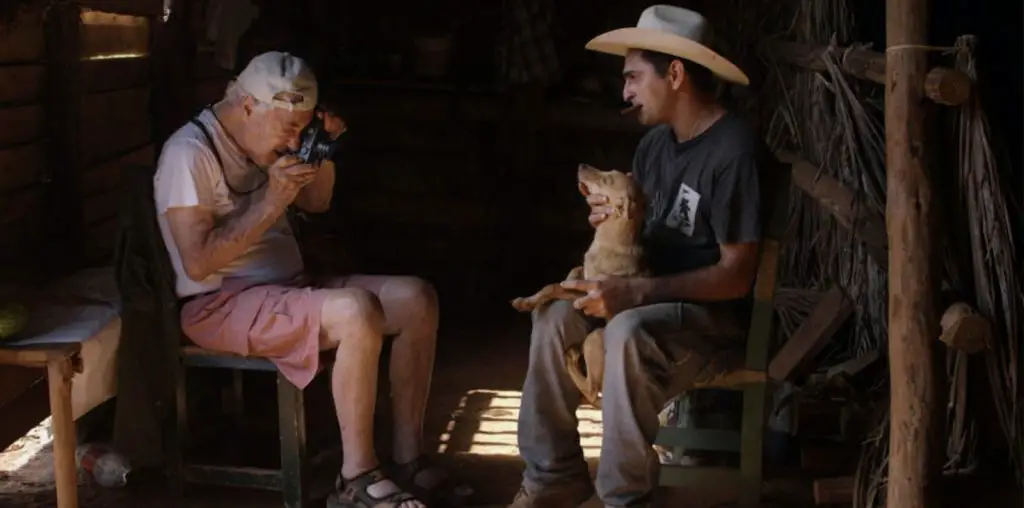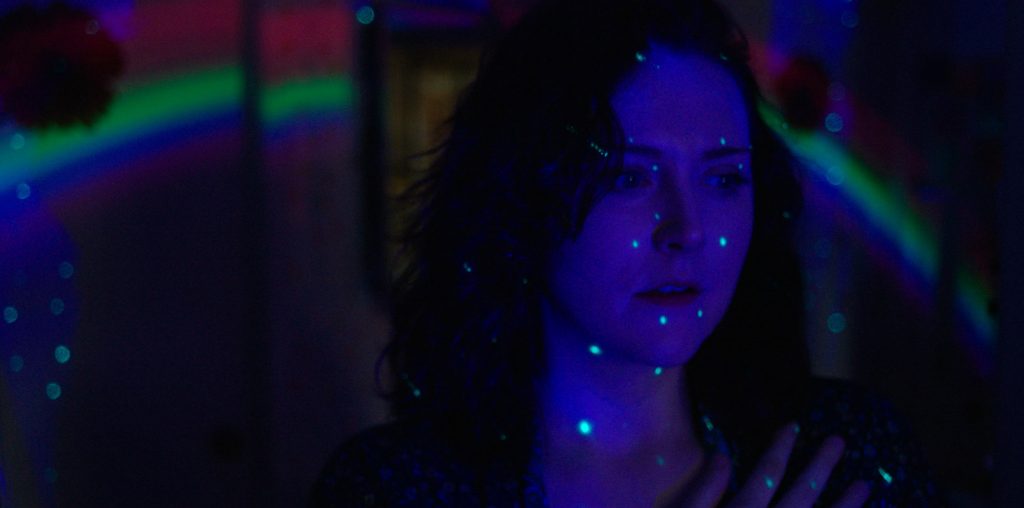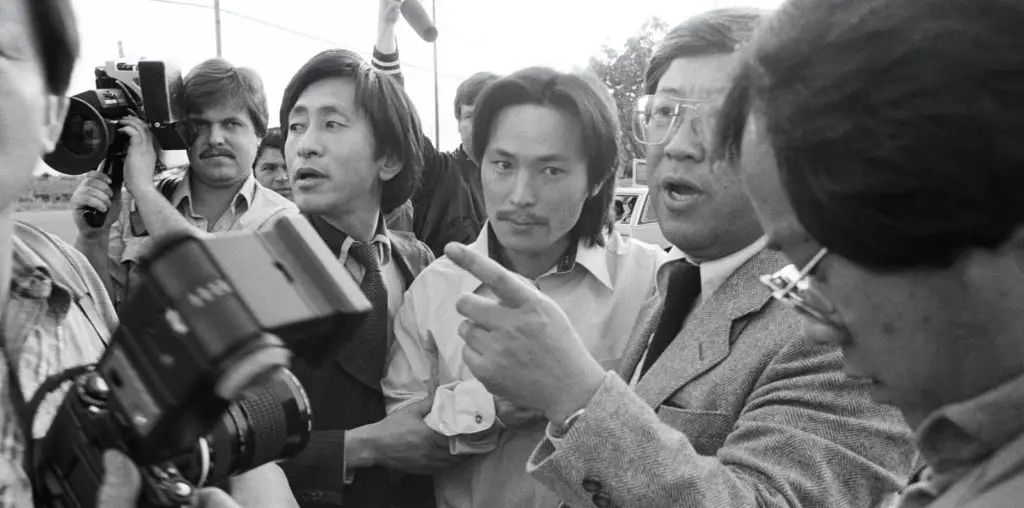
One of the most remarkable documentaries to fly into theatrical release is Judy Irving’s The Wild Parrots of Telegraph Hill. The film focuses on Mark Bittner, a San Francisco “dharma bum” who finds a new meaning in his life as the surrogate father to a flock of wild red-and-green parrots. Bittner, who had no previous experience with avian care, became a self-taught expert in caring for these beautiful creatures. In turn, through Bittner’s love and enthusiasm the city of San Francisco began to take a deeper interest in appreciating the birds and their place within the local ecosystem.
“The Wild Parrots of Telegraph Hill” is the latest film from Irving, a filmmaker who is best known for “Dark Circle,” a feature on the nuclear industry. The winner at Sundance and the Emmy Awards and a Guggenheim Fellowship recipient, Irving’s new film will easily win the hearts of anyone who loves birds and is genuinely concerned about the balance between man and nature.
Film Threat spoke with Irving from her San Francisco home about her new project and the challenges of bringing it to the screen.
“The Wild Parrots of Telegraph Hill” is one of the most beautifully-shot 16mm films I’ve seen. Why did you decide to go with 16mm rather than digital video? ^ Because I’m a dinosaur! I’ve been shooting 16mm film for my entire documentary film career (over 30 years); I own the gear, which is also about 30 years old and still works fine; I love the look of film, especially for exteriors — landscapes, animals — and I keep waiting for the video revolution to settle down a bit before investing in video equipment. (Might wait until HD is standardized and much cheaper before taking that plunge.) But honestly, I’d rather shoot film.
How did the parrots react to be followed around by a camera crew? Did any of them try to avoid the camera, or were they all comfortable with the camera? ^ After a few days of initial uncertainty they were fine with the camera, as long as Mark was there. They didn’t want a lens too close, though, and if we did that (usually with the 10mm wide lens, trying to move in to within a foot or two) they’d just fly away.
There are some aspects of Mark Bittner’s non-avian life which are not probed into (including family, close friends, current finances or lack thereof). Was there an agreement in advance not to go too deeply into his personal story? Or did you decide that too much of Mark’s story would throw the balance of the movie off-kilter? ^ There was no advance agreement about anything, except that I had full creative control over the documentary. I just went on intuition, filming what I thought was germane (dharma-bum-style search for right livelihood), and leaving out the rest. The film touches on the issue of “no money, but all the time in the world,” and I did have him mention some of the odd jobs he’d held (VO in the laundromat scene), but wanted to keep this section fairly short and get back to the parrots.
Getting a documentary into theatrical release is no mean feat. How did you hook up with Shadow Distribution, the company releasing this film in the U.S.? ^ Mike Getz, who runs a movie theatre in Nevada City, heard about the film from his friend Gary Snyder (Snyder, a Pulitzer-Prize-winning poet, had written a blurb for Mark’s memoir). Mike suggested seven likely distributors, including Shadow. I sent all seven info about the film after it had been in the San Francisco Film Festival and had gotten some good reviews. Several responded, two made offers, and after consulting with filmmakers and relying again on intuition, I went with Ken Eisen at Shadow. (Both Zeitgeist and Shadow, the two distributors who made offers, came very highly recommended.)
Since filming completed, what is the state of the wild parrot population in San Francisco? ^ They’ve done very well as a wild flock; they now number about 150. Mark is back on the Hill, and he feeds them a few times a week. As for the parrots themselves, Sophie, Olive, Pushkin, Scrapper, and some others from the film are still coming around for hand-outs, as well as many younger birds. Sophie appears to have a new mate, which makes me happy (she’s the “little French girl” who lost Picasso).
What’s next on your cinematic agenda? ^ I’d like to continue with the theme of “Only in San Francisco,” focusing on people, like Mark, who relate in a unique way to this fantastic natural/cultural environment. Specifically, I’ve got a film that’s partly shot already about the wild and crazy open-water swimmers who swim year-round in San Francisco Bay and who consider it a spiritual experience to do so. An old Italian guy swims from Alcatraz to shore at age 78, sings “Que Sera Sera,” etc. (He died and came back to life on one swim; the nurse swears it’s true!)
“The Wild Parrots of Telegraph Hill” opens in San Francisco on February 9, New York on February 11, and Los Angeles on March 4.


